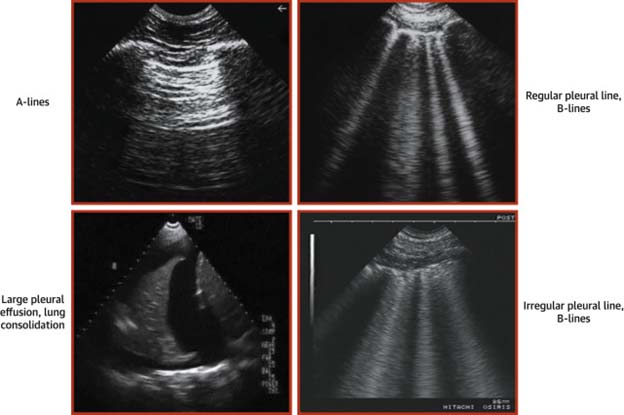This has been a banner year for ultrasound technology. COVID 19 brought many new ultrasound features to the forefront. There are other technologies and features that were not specifically for COVID but will be widely used next year and going forward. This blog is not meant to be a scientific expose’ but to generate excitement about these features.
The first feature was the innovative method of lung ultrasound. Lung imaging was traditionally performed with CT and or x-rays. Last time we checked, CT was not routinely done by portables. The patient had to be transported to the radiology department for a scan. Ultrasound and x-rays were portable. Mindray, Philips, Siemens Healthineers, GE Venue and Samsung had pushed these innovations just in time for Corona Virus. Some manufacturers in the Point of Care market had introduced this earlier but the use of this expanded widely when COVID came so rapidly. This feature can image A lines and B lines, pleural wall abnormalities, estimate the amount of pleural effusions with or without consolidation and diaphragm motion issues. This was very useful in guiding the use of fluid therapy, evaluating shock, whether or not to place the patient on mechanical ventilation, whether or not the patient needed a chest tube placed. The patients remained in one position unlike x-rays that required a change in position just to get one AP shot. Let’s face it, there were only so many portable x-ray machines that each facility owned. Above all ultrasound was not radiation therefore not exposing the patients and staff to countless chest x-rays in the emergency department or ICU.
The next exciting invention was the artificial intelligence algorithms applied to the IVC evaluation. GE had introduced this feature in 2016 and added it to the point of care VenueGo system in 2019 according to DotMed. Mindray came out with it in 2020 on the TE7. This tool enabled tracking and measurement of the diameter changes in the IVC. Then the Collapsibility Index, the Distensibility Index and IVC Variation were calculated. The information is used by clinicians to evaluate volume status in patients with trauma, perioperatively, postoperatively and those on mechanical ventilation. Auto IVC was also used with the lung ultrasound mentioned above.
The picture below was performed the Mindray new MX7


